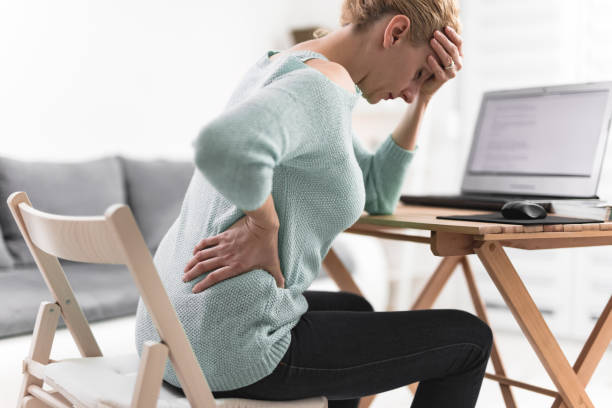Why Should You Get Physical Therapy For Your Hip Problems?

Hip pain is a common condition that affects many people. The hip has a ball-and-socket joint and connects your upper leg to the pelvis. Pain or discomfort in the hip can be caused by inflammation from various sources, including arthritis and bursitis. Many patients are prescribed physical therapy for Hip pain because it is thought to reduce their symptoms and helps them return to work on a full-time basis without much difficulty. It also increases their level of physical activity and improves joint mobility. Physical therapy usually consists of exercises modified as needed for individual patients, depending on their specific needs, limitations, or goals.
. Strengthen your joints:
Various physical therapy like strengthening, range-of-motion (ROM), and stretching exercises improve joint function by increasing muscular strength and flexibility. Most patients with Hip pain report significant improvements in the level of pain they experience post-physical therapy. Some trusted platforms like QC Kinetix (Kennett Square) are offering professional physical therapy at reliable prices. They can also engage in more physical activity with fewer limitations.
. Benefits of swimming:
Swimming is one of the best exercises you can do for your hips. It strengthens your core muscles and improves muscle strength in your hips and thighs. Swimming also increases your flexibility, which reduces the stress on joints. You can stretch and strengthen the muscles around your hips by opening and closing the hip joints with each arm stroke. You may be able to return to sports after a few weeks of physical therapy for hip pain.
. Decrease pain at night:
Physical therapy combined with exercise may help you get better sleep at night. Physical activity helps decrease nighttime pain by increasing blood flow in tissues and improving sleep quality and movement ability during sleep. Physical therapy is sometimes used alone or with other medical treatments for Hip pain, such as medication and surgery. It is usually done under the supervision of a physical therapist (physiotherapist) and may last from a few weeks to several months. Physical therapy may be performed in several settings, such as an outpatient clinic, an emergency room, or a hospital.
. Improves Balance:
Balance exercises help improve sensory perception, stability, mobility, and agility. Physical therapy helps improve balance and the ability to maintain your body’s position and equilibrium. For example, as a result of physical therapy, you will be able to sit correctly in your office chair without having to catch yourself from falling out of it.
. Prevent falls:
Physical therapy for Hip pain can help prevent falls. Falls are one of the main reasons for Hip pain, and physical therapy improves balance which enables you to focus better on the things around you and makes it easier for you to move around while walking or climbing stairs. A good credit will also help prevent unnecessary falls by improving your stability during everyday activities like getting out of bed or walking upstairs.
. Move without limits:
Physical therapy for Hip pain helps you gain control over the joints and muscles in your thighs, hips, and low back. In the early stages of physical therapy, it is essential to exercise bracing and muscle strength. You can also use physical therapy for Hip pain after age 40 because it will help you prevent back problems.
. Get relief from joint pain:
Common Hip pain symptoms include aching or tingling in the hip, thigh, groin, or buttocks. Aches in your muscles, legs, and hips are caused by physical trauma or overuse of specific muscles and joints. Physical therapy also helps relieve stress as you move through various exercises that are specifically designed to help reduce joint stiffness.
Conclusion:
Physical therapy for Hip pain is an effective way to treat various musculoskeletal conditions, especially those involving the hip and lower back. It is also used for increasing muscle strength and improving balance. As a result, you can be able to return to work on a full-time basis without much difficulty. In addition, you will have a better quality of life because most of the common symptoms associated with Hip pain are relieved by regular physical therapy like standing up from a sitting position or climbing stairs with ease.




No Comments